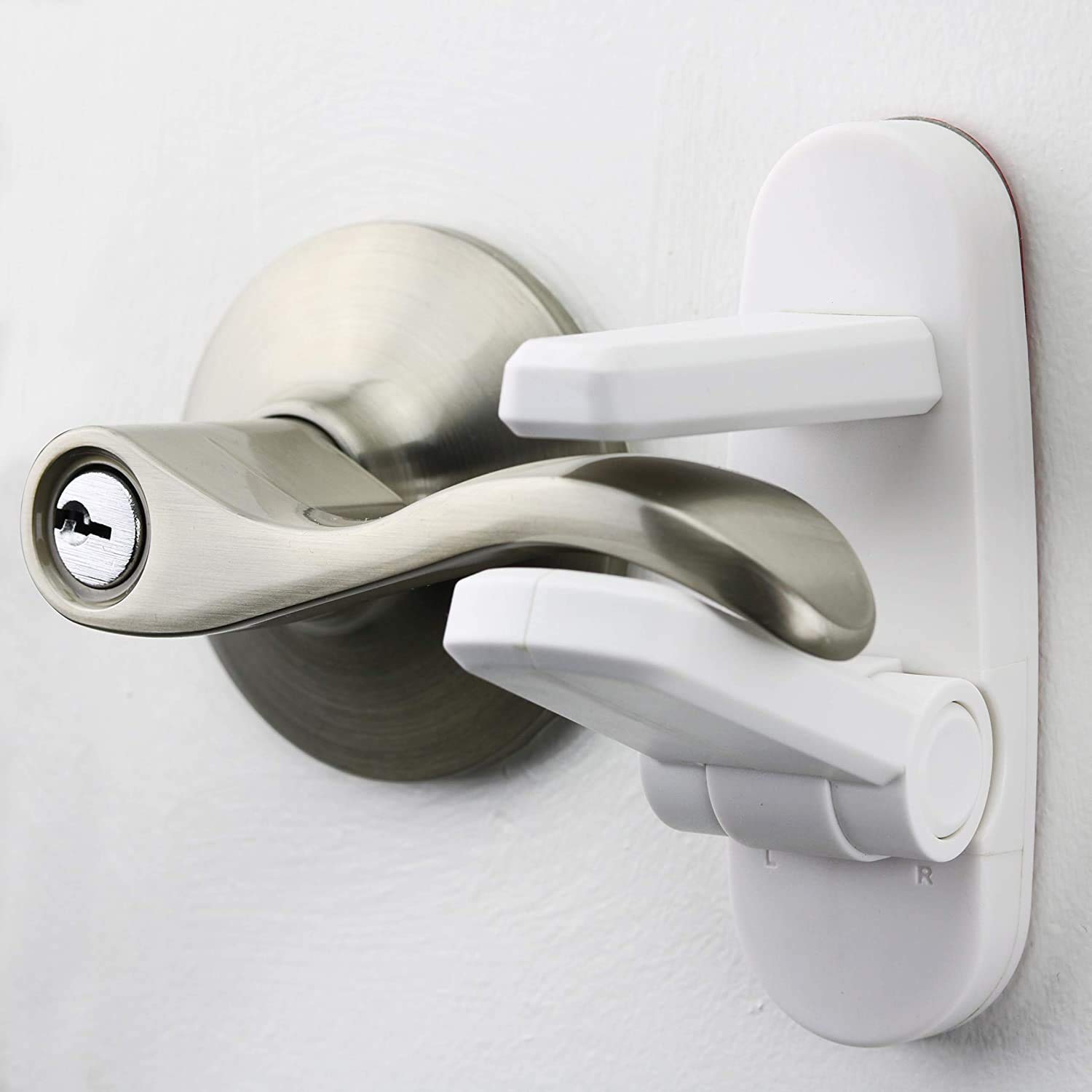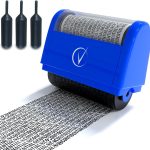I. Introduction
A. Highlighting the importance of door security for personal safety and property protection
Ensuring door security is essential to protect ourselves, our loved ones, and our valuable belongings. Properly securing doors can prevent unauthorized access, deter potential intruders, and provide peace of mind.
B. Introducing the significance of using safety locks for enhanced door security
Safety locks are crucial components of door security. They provide an extra layer of protection against forced entry and unauthorized access, adding to the overall security of our homes and properties.
II. Types of Safety Locks for Doors
A. Deadbolt Locks
- Single Cylinder Deadbolts:Offered protection with a key on the outside and a thumbturn on the inside
Single cylinder deadbolts are the most common type of deadbolt locks. They require a key to unlock the door from the outside, while allowing easy locking and unlocking from the inside with a thumbturn. - Double Cylinder Deadbolts: Require a key on both sides, providing increased security but potential safety concerns
Double cylinder deadbolts offer heightened security as they require a key to unlock from both the inside and outside. However, they can present a safety concern during emergencies, as occupants may struggle to quickly exit the premises without a key.
B. Keyless Entry Locks

- Keypad Locks: Use unique PIN codes for convenient access without the need for keys
Keypad locks allow users to enter a unique PIN code to gain access. They eliminate the need for physical keys and provide convenience, especially for individuals who often misplace or forget their keys. - Smart Locks: Employ advanced technology for remote access, monitoring, and integration with smart home devices
Smart locks offer advanced features such as remote access control via mobile apps, integration with smart home devices, and the ability to monitor access history. They provide convenience, flexibility, and enhanced security for modern homes.
C. Chain Locks
- Surface-mounted Chain Locks: Allow limited door opening while providing additional security
Surface-mounted chain locks are an additional security measure that allows limited door opening. They provide a visual deterrent and restrict potential intruders from forcibly opening the door wider. - Door Viewer Combined with Chain Locks: Include a peephole viewer for visual identification before chain release
Combining a door viewer (peephole) with a chain lock offers additional security by allowing visual identification of visitors before releasing the chain. It provides an extra layer of safety, especially for cautious individuals.
III. Factors to Consider When Choosing Safety Locks for Doors
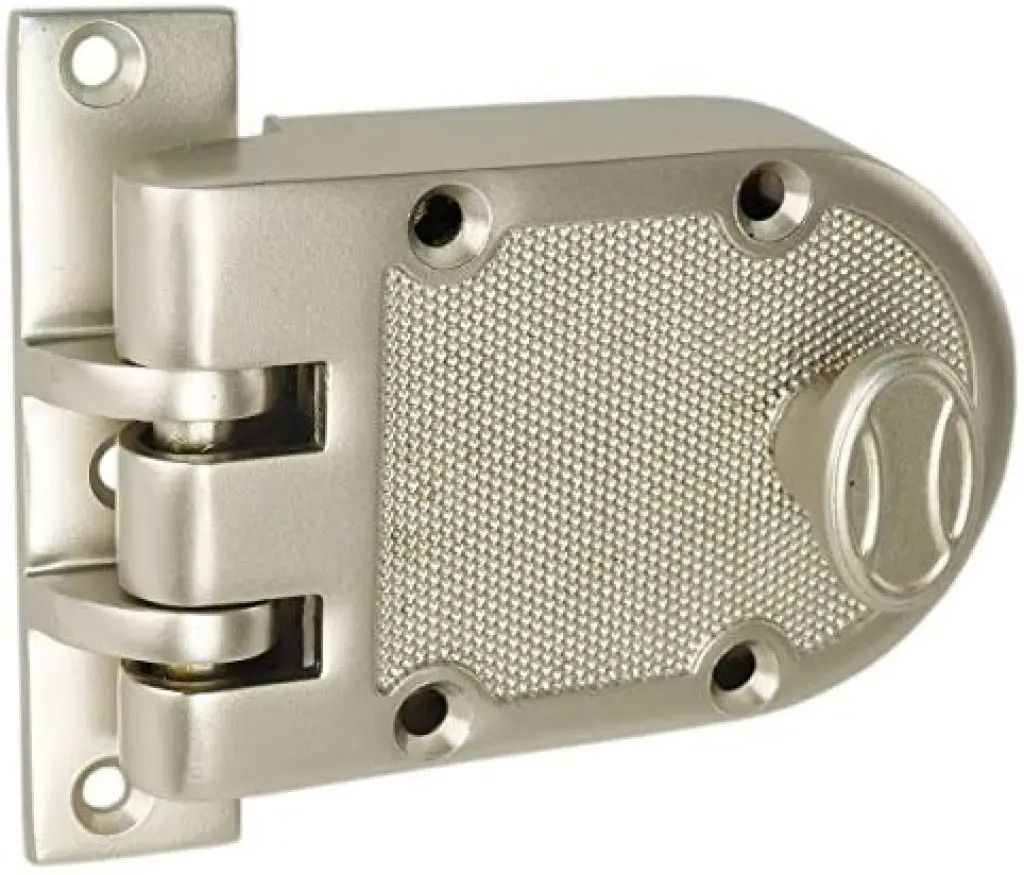
A. Security Level
- Strength and Durability: Assess the lock’s construction and resistance to forced entry When choosing a safety lock for your door, consider the strength and durability of the lock. Look for locks made of solid materials, such as steel or brass, that can withstand attempts at forced entry. Reinforced strike plates and hardened steel bolts are also important features to ensure the lock’s integrity.
- Certification: Look for industry certifications, such as ANSI Grade Ratings, to ensure quality and effectiveness Industry certifications, such as those provided by the American National Standards Institute (ANSI), indicate that the lock has undergone rigorous testing and meets certain quality and security standards. Look for locks that are certified with ANSI Grade Ratings to ensure their effectiveness in withstanding forced entry attempts.
B. Convenience and Accessibility
- User-Friendly Operation: Consider ease of use for all occupants, including children and elderly individuals Choose a safety lock that is easy to operate for all occupants of your space, including children and elderly individuals. Look for locks with ergonomic designs, smooth mechanisms, and clear instructions. Consider features such as large, easy-to-turn knobs or levers for those with limited dexterity.
- Keyless Options: Evaluate the convenience of keyless entry locks for eliminating the need for physical keys Keyless entry locks provide the convenience of accessing your space without the need for physical keys. They often utilize keypads, fingerprint recognition, or smartphone apps for access. Evaluate the ease of use and reliability of keyless entry locks, considering factors such as battery life, backup options, and user-friendly interfaces.
C. Compatibility and Installation
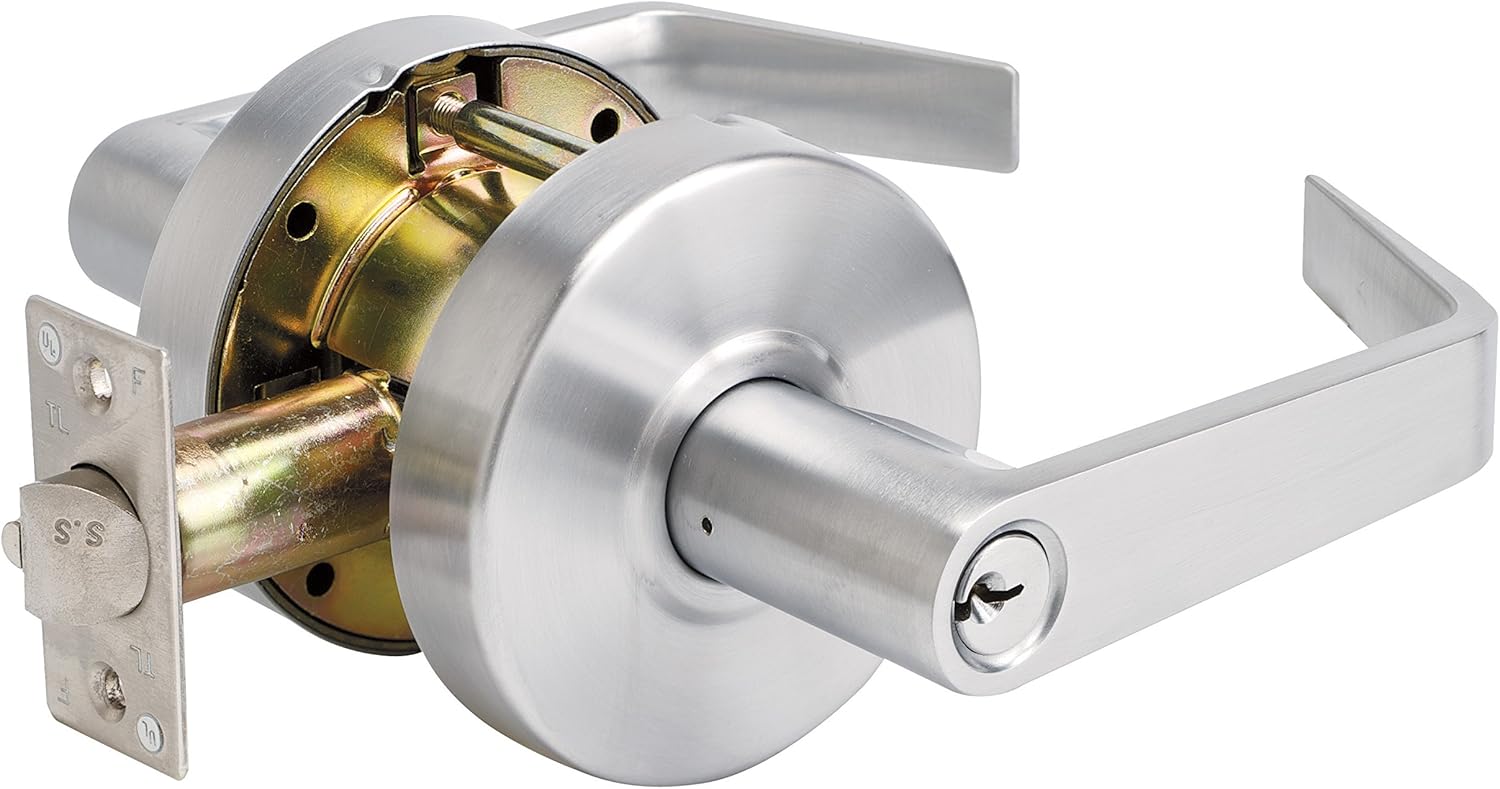
- Door Type and Material: Consider the suitability of the lock for your door type and material Certain safety locks may be more suitable for specific door types and materials. For example, some locks are designed specifically for wooden doors, while others are compatible with metal or glass doors. Consider the compatibility of the lock with your door to ensure proper installation and optimal security.
- Complexity of Installation: Ensure proper installation based on your comfort level or seek professional assistance While some safety locks can be installed as a do-it-yourself project, others may require professional installation. Assess your comfort level and familiarity with door hardware installation. If unsure, it is advisable to seek professional assistance to ensure proper installation and optimal security.
IV. Tips for Maintaining and Upgrading Safety Locks
A. Regular Maintenance
- Lubrication: Apply lubricant to moving parts to ensure smooth operation Regularly lubricate the moving parts of your safety lock to ensure smooth operation and to prevent it from sticking or becoming difficult to use. Use a lubricant specifically designed for locks and door hardware.
- Check and Tighten: Regularly inspect the lock for loose screws or any signs of wear and tear Periodically check the lock for signs of wear and tear, such as loose screws or bolts. Tighten any loose screws or bolts, and replace any worn or damaged parts. This will ensure that the lock continues to function properly and provide maximum security.
B. Additional Security Measures
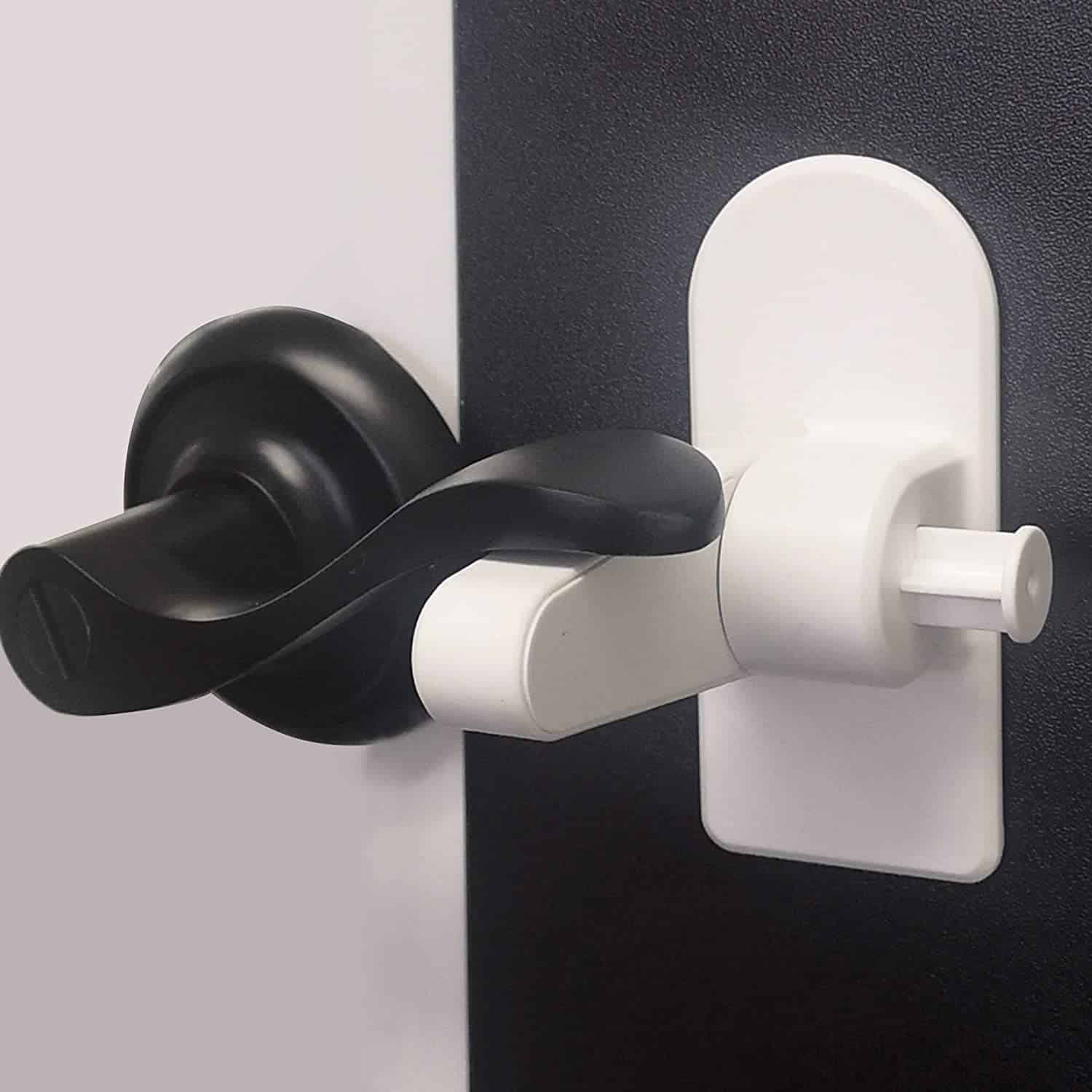
- Security Plates and Reinforcement: Enhance door frames with security plates and reinforcements for added strength Consider adding additional security measures, such as security plates or reinforcement, to your door frame. Reinforcing the strike plate, hinges, and doorjamb helps to prevent forced entry by increasing the strength and stability of the door.
- Door Sensors and Alarms: Install door sensors and alarms for immediate notification of breaches or unauthorized access Installing door sensors and alarms adds an extra layer of security to your door. These devices can detect any unauthorized entry attempts or breaches, triggering an alarm or notifying you immediately.
C. Upgrading to Advanced Security Systems
- Biometric Locks: Utilize fingerprint recognition for enhanced security and convenience Consider upgrading to a biometric lock, which uses fingerprint recognition technology for access. Biometric locks provide enhanced security as they rely on unique physical characteristics for access, eliminating the need for physical keys or passcodes.
- Security Cameras and Monitoring Systems: Install cameras and monitoring systems to record and deter potential intruders Enhance the security of your space by installing security cameras and monitoring systems. These systems allow you to record any suspicious activities and deter potential intruders. They provide an additional layer of security and peace of mind.
V. Conclusion
Encouraging individuals to implement additional security measures and consider upgrading to advanced security systems for enhanced safety and peace of mind. Safety locks for doors are essential for maintaining personal security and protecting property. By considering factors such as security level, convenience, compatibility, and proper installation, individuals can select the right safety locks for their specific needs. Regular maintenance and the implementation of additional security measures, such as door sensors, alarms, and reinforcement, contribute to heightened security. Upgrading to advanced security systems, such as biometric locks or security cameras, provides additional layers of protection and peace of mind. By prioritizing door security and investing in high-quality safety locks, individuals can create safer environments and protect their homes and loved ones.
